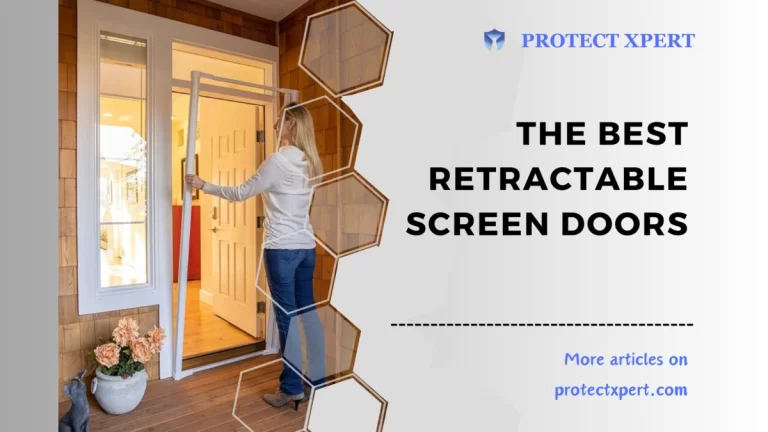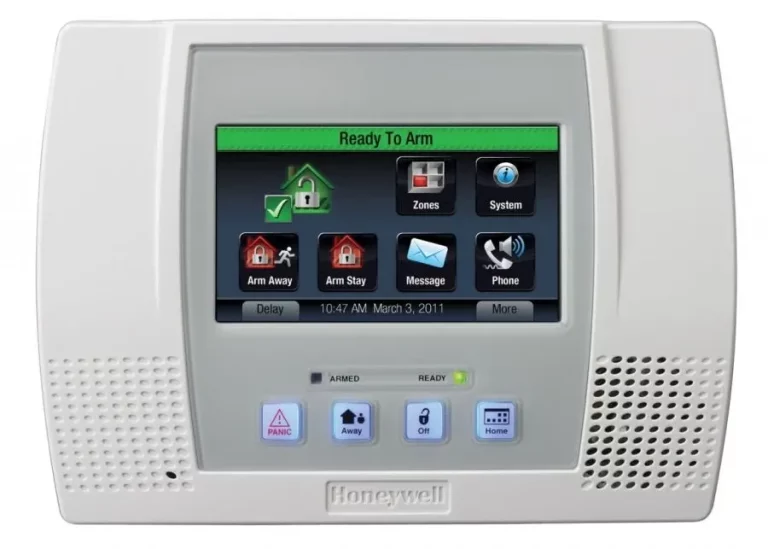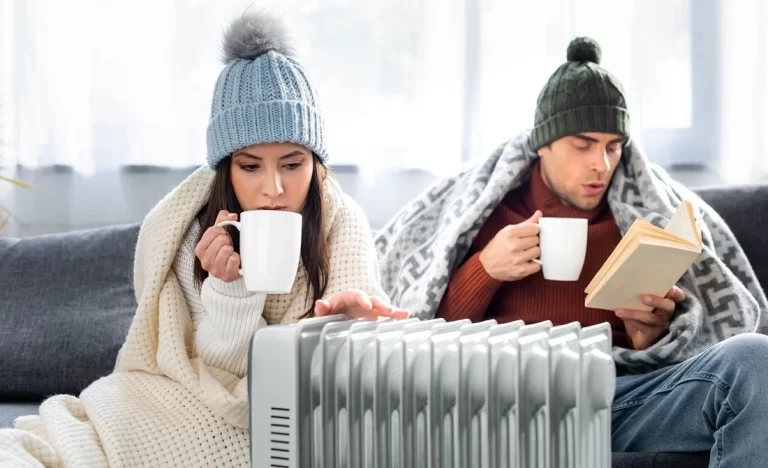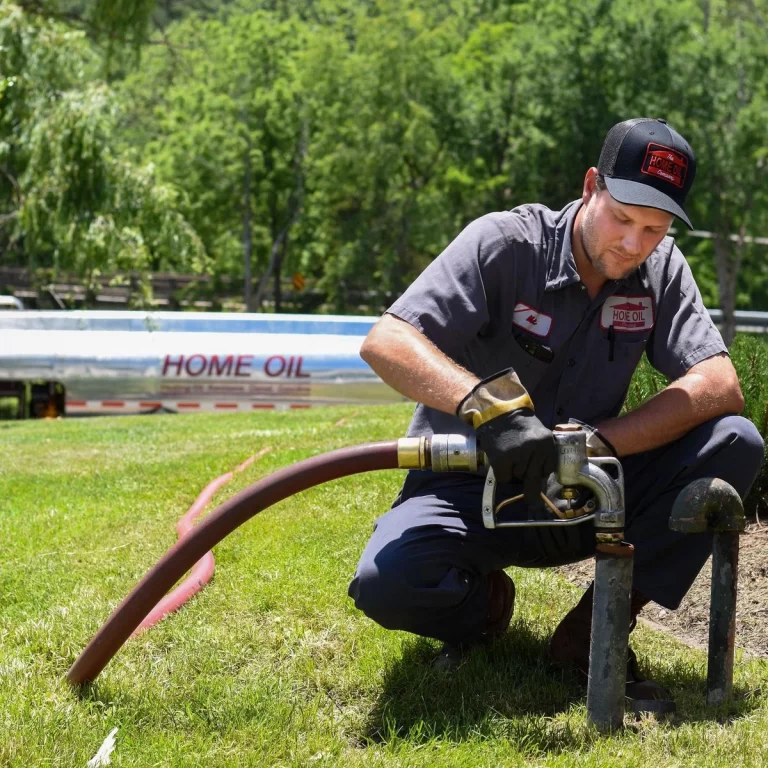Green Energy Efficient Homes: Understanding the Concept
Discover the wonders of green energy efficient homes and learn how you can contribute to a sustainable future while saving on energy costs. This comprehensive guide provides expert insights and experiences on green energy efficient homes.
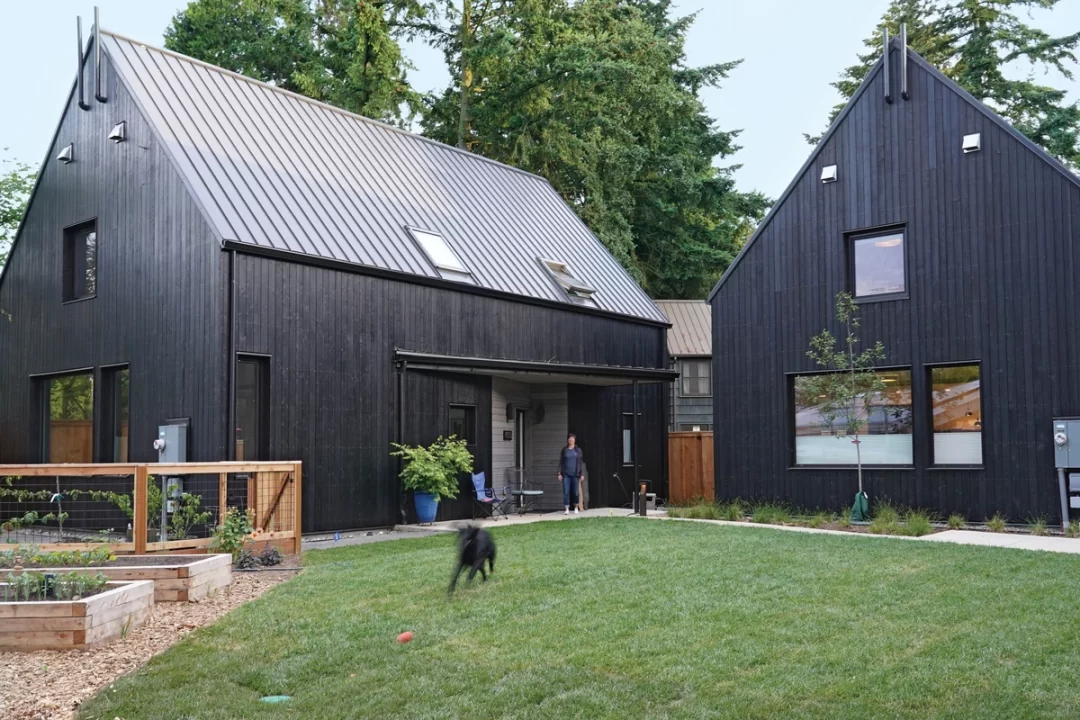
Green Energy Efficient Homes: Understanding the Concept
In this section, we will delve into the fundamental concepts behind green energy efficient homes, including what they are and how they function.
Green energy efficient homes, also known as eco-homes or sustainable homes, are residential properties designed to minimize their environmental impact.
These homes are built and operated using sustainable practices and technologies that focus on reducing energy consumption, maximizing resource efficiency, and promoting renewable energy sources.
The Benefits of Green Energy Efficient Homes
Green energy efficient homes offer a plethora of benefits beyond just reducing your carbon footprint.
1. Lower Energy Bills: Energy-efficient homes consume less electricity, leading to significant cost savings on utility bills.
2. Reduced Environmental Impact: By using renewable energy sources and efficient technology, these homes help to preserve natural resources and combat climate change.
3. Improved Indoor Air Quality: Green homes often have better ventilation and air filtration systems, promoting healthier living spaces.
4. Enhanced Resale Value: Energy-efficient features can boost your home’s market value and attract eco-conscious buyers.
The Key Elements of Green Energy Efficient Homes
To achieve optimal energy efficiency, green homes incorporate various elements and technologies. Let’s explore the key components that make these homes sustainable and eco-friendly.
1. Passive Solar Design
Passive solar design involves positioning and orienting the home to maximize natural sunlight for heating during winter and shading to keep it cool in summer. This approach reduces the need for artificial heating and cooling systems.
2. Energy-Efficient Insulation
Well-insulated walls, roofs, and windows prevent heat loss in winter and heat gain in summer, reducing the energy required for temperature regulation.
3. High-Performance Windows and Doors
Energy-efficient windows and doors with multiple panes and low-emissivity coatings prevent heat transfer and air leakage, further optimizing energy consumption.
4. Renewable Energy Sources
Green homes often integrate renewable energy sources such as solar panels, wind turbines, or geothermal systems to generate clean electricity on-site.
5. Smart Thermostats and Energy Management Systems
Smart thermostats enable homeowners to regulate indoor temperatures efficiently, and energy management systems automate the control of various appliances and lighting for optimal energy usage.
6. Water-Efficient Fixtures
Green homes are equipped with water-saving fixtures like low-flow toilets and faucets, reducing water wastage and supporting sustainable water usage.
7. Sustainable Materials
The construction of green homes prioritizes the use of sustainable and environmentally friendly materials, such as recycled wood, bamboo, or reclaimed bricks.
8. Rainwater Harvesting
Rainwater harvesting systems collect and store rainwater for non-potable uses like watering gardens and flushing toilets, decreasing reliance on municipal water sources.
How to Transform Your Home into a Green Energy Efficient Abode

Now that we understand the fundamental components of green energy efficient homes, let’s explore how you can make your current residence more sustainable and energy-efficient.
1. Conduct an Energy Audit
Begin your journey towards a green home by conducting an energy audit. Identify areas where energy is being wasted, such as drafty windows, insufficient insulation, or outdated appliances.
2. Upgrade to Energy-Efficient Appliances
Replace old, energy-guzzling appliances with energy-efficient ones, bearing the Energy Star label, which denotes superior energy performance.
3. Seal Air Leaks
Sealing air leaks in doors, windows, and walls enhances energy efficiency by preventing heat loss and maintaining indoor comfort.
4. Install LED Lighting
Switch to LED bulbs, which are more energy-efficient and have a longer lifespan compared to traditional incandescent bulbs.
5. Opt for Renewable Energy Solutions
Consider installing solar panels on your rooftop to harness the power of the sun and generate clean electricity for your home.
6. Embrace Smart Home Technology
Invest in smart thermostats and energy management systems to automate and optimize your energy usage based on your lifestyle and preferences.
Conclusion
In conclusion, green energy efficient homes are the future of sustainable living.
By incorporating energy-saving technologies and renewable energy sources, these homes offer a host of benefits, from reducing utility bills to contributing to a greener planet.
Whether you are building a new home or upgrading your existing one, embracing eco-friendly practices is not only responsible but also financially rewarding in the long run.
READ ALSO!!!

